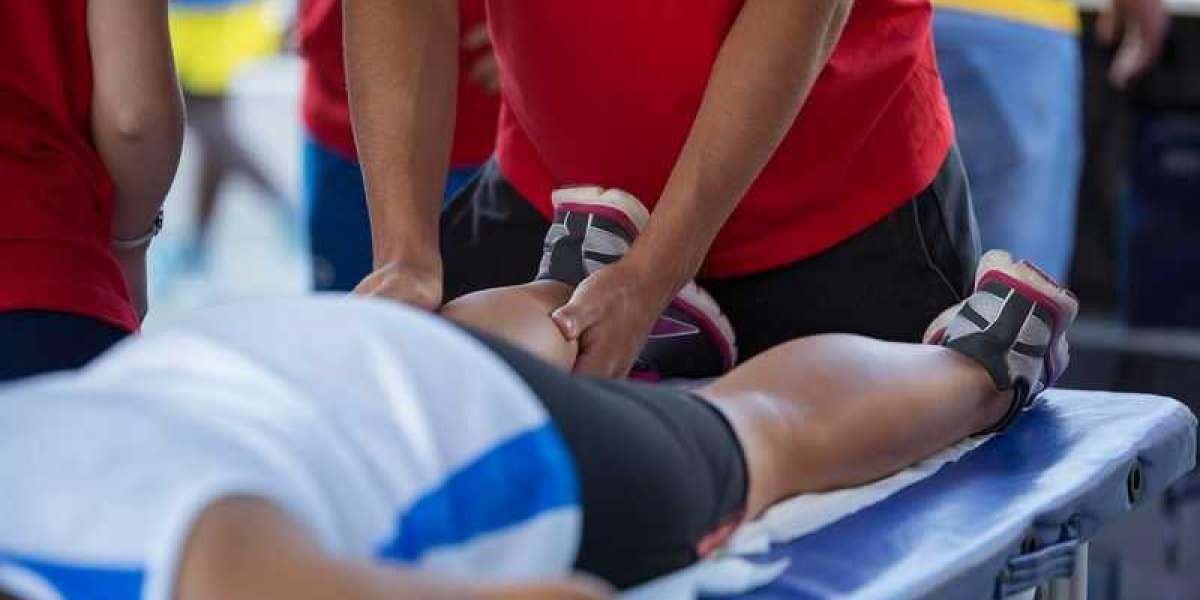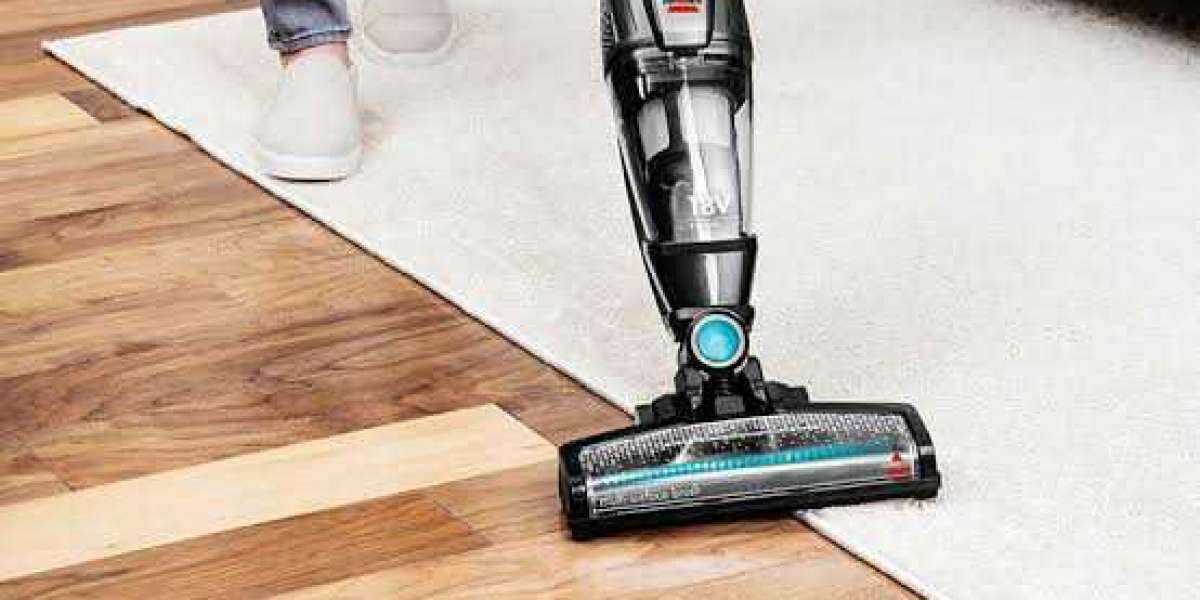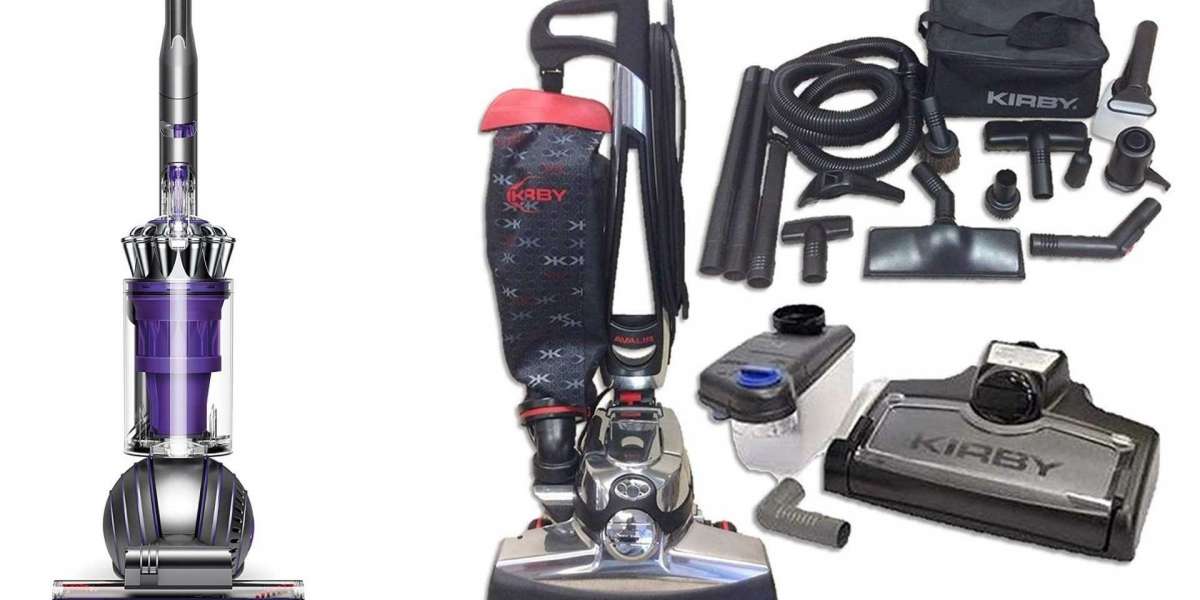Osteopathy is a drug-free, non-invasive manual treatment that manipulates and improves the musculoskeletal structure to enhance overall health.
An osteopathic physician will concentrate on the joints, muscles, and spine. The treatment's purpose is to restore the body's neurological, circulatory, and lymphatic systems. This therapy will also assist you in resolving sports injuries.
Manual medicine employs the use of the hands for both diagnosis and therapy.
Osteopathy is a sort of alternative medicine. It is used in combination with other therapies to improve people's moods. Osteopathic physicians, on the other hand, are medical doctors (MDs) who have had more training than other alternative therapies such as naturopaths. They are osteopathy experts.
Osteopathy is one of the fastest-growing healthcare professions in the world.
Fast facts about osteopathy
Osteopathy is a non-invasive, drug-free style of manual treatment that focuses on the overall health of the body rather than just the injured or damaged area.
The osteopathic physician focuses on the joints, muscles, and spine.
Osteopathic treatment can assist with arthritis, back pain, headaches, tennis elbow, digestive difficulties, and postural problems.
Treatment may help with sleep patterns, as well as mental, circulatory, and lymphatic difficulties.
What is osteopathy?
Osteopathy is a branch of medicine that takes a whole-body, holistic approach to treatment.
It employs manual 'hands-on' treatments to improve circulation and correct faulty biomechanics without the use of medications.
An osteopathic physician does not just treat the problem area; rather, he or she employs manual methods to balance all of the body's systems and promote comprehensive health and wholeness.
Osteopathic Manipulative Medicine is the practice of using these techniques to diagnose and cure ailments (OMM).
Some of the techniques utilized in osteopathic manipulative therapy include stretching, light pressure, and resistance.
What to expect
People seeking the services of an osteopath should ensure that their physician is licensed and accredited by the American Osteopathic Association (AOA).
Ask to view this material if it isn't already on display in their workplace.
A patient may be referred by a primary care physician or by the patient themself.
To ensure continuity of care, patients who self-refer should notify their primary care physician.
Osteopathy is a patient-centered medical approach. An initial consultation will be done before any active therapy or management begins.
Throughout this session, the osteopathic physician will discuss the patient's health issues, listen, and take case notes. The class will take around 45 minutes to complete.





